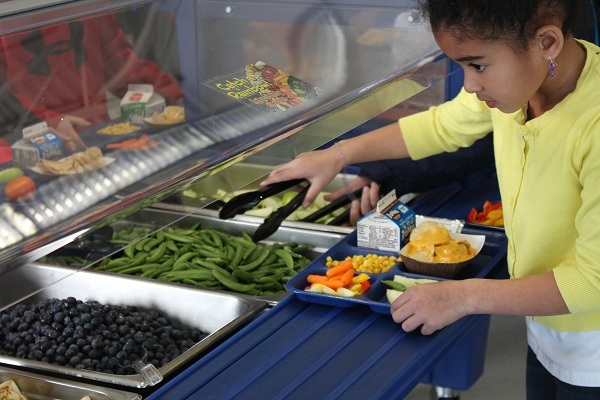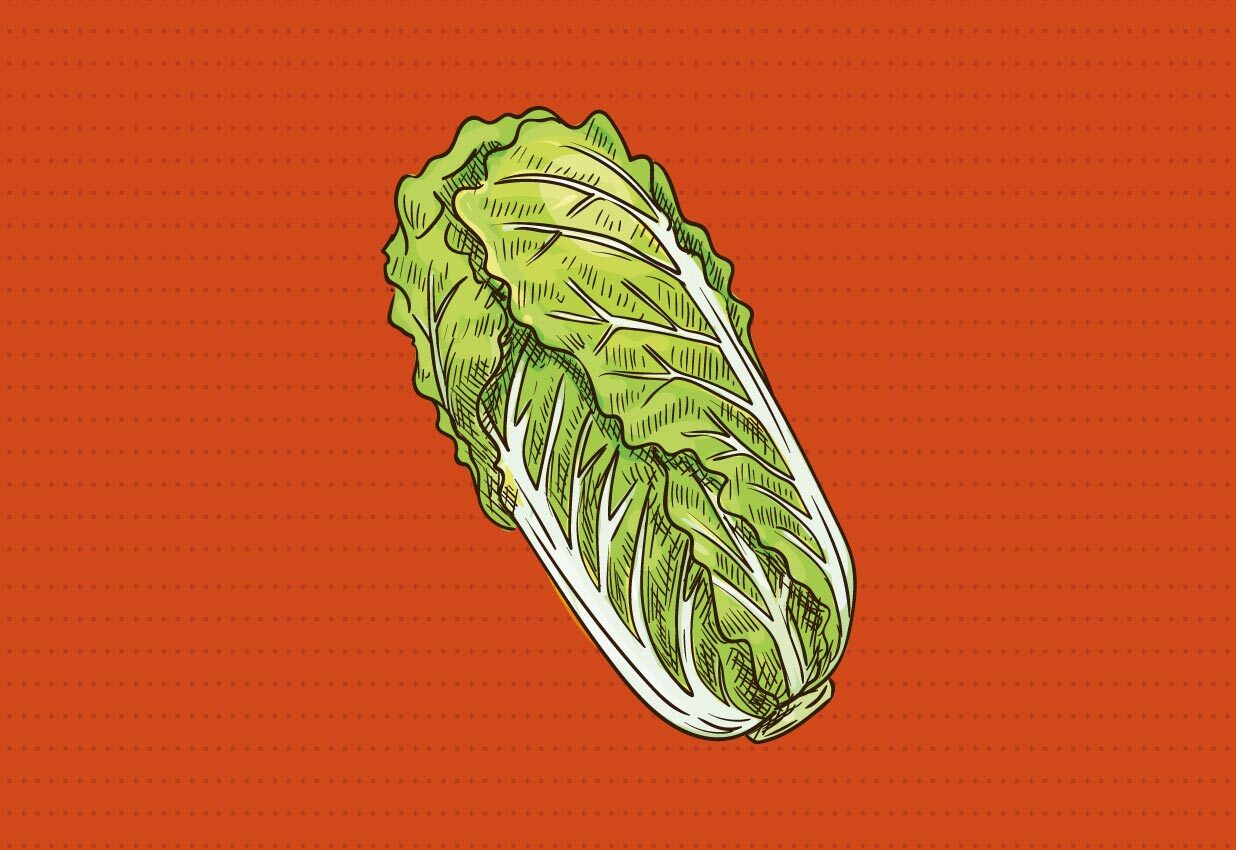
Salad Bars to Schools
Mission: Our goal is for every school in the United States to have a salad bar as part of their school food service program so that every child—from elementary school, to middle school, to high school—has daily access to fresh fruits and vegetables, whole grains, and healthy proteins.

Salad Bars to Schools
Mission: Our goal is for every school in the United States to have a salad bar as part of their school food service program so that every child—from elementary school, to middle school, to high school—has daily access to fresh fruits and vegetables, whole grains, and healthy proteins.
Overview
What is Salad Bars to Schools?
Salad Bars to Schools (SB2S) is a granting program that provides schools and districts with salad bar equipment and support, such as Cambro bars, camchillers, and technical assistance.
Salad Bars to Schools launched in 2010 with the mission of donating salad bars to U.S. schools so that every child has daily access to fresh fruits and vegetables. This healthy school lunch initiative was founded by Chef Ann Foundation, National Fruit and Vegetable Alliance, United Fresh Start Foundation, and Whole Foods Market (now represented by Whole Kids Foundation), all in support of First Lady Michelle Obama’s Let’s Move! Initiative.
Program Goals
- Provide planning, implementation, and educational resources for salad bars (find these resources in the Salad Bars section of The Lunch Box)
- Enable schools to offer students a wide variety of fresh fruits and vegetables through the use of salad bar equipment
Why Salad Bars?
Salad bars provide a number of benefits to schools. Salad bars:
- are an effective tool for meeting the vegetable subgroups requirement.
- enable schools to offer variety while still meeting the requirements of a reimbursable meal.
- can increase student participation in the school meal program.
- streamline meal preparation and labor.
- increase students’ consumption of fresh fruits/vegetables and help them develop palates for a lifetime of healthy eating.
For more info on the success and benefits of salad bars, click here.


Why Salad Bars?
Salad bars provide a number of benefits to schools. Salad bars:
- are an effective tool for meeting the vegetable subgroups requirement.
- enable schools to offer variety while still meeting the requirements of a reimbursable meal.
- can increase student participation in the school meal program.
- streamline meal preparation and labor.
- increase students’ consumption of fresh fruits/vegetables and help them develop palates for a lifetime of healthy eating.
For more info on the success and benefits of salad bars, click here.

About the Equipment
Salad bar kits (approx. $4,794 value) come in both elementary and standard (middle and high school) heights. Kits include the salad bar, tongs, food pans and camchillers (to keep food cold). Food pans come in the following sizes:
- Half-size, 4” deep (8 count)
- Quarter-size, 4” deep (8 count)
- Full-size, 4” deep (4 count)
These 6-foot long, five-well Cambro salad bars are appropriate for locations that serve at least 100 reimbursable meals daily. Produce for the bar is not included in this grant.

About the Equipment
Salad bar kits (approx. $4,794 value) come in both elementary and standard (middle and high school) heights. Kits include the salad bar, tongs, food pans and camchillers (to keep food cold). Food pans come in the following sizes:
- Half-size, 4” deep (8 count)
- Quarter-size, 4” deep (8 count)
- Full-size, 4” deep (4 count)
These 6-foot long, five-well Cambro salad bars are appropriate for locations that serve at least 100 reimbursable meals daily. Produce for the bar is not included in this grant.
What to Consider
Before applying for a salad bar, assess your meal program:
- Where will you place the salad bar? We suggest placing your salad bar before the point of sale (POS) and in a central location that students will see immediately. Make the salad bar more visible than less healthy options like a la carte.
- What are the skill sets of your staff? Will you need to provide additional training?
- Is your staff excited to implement a salad bar? Consider using team training or professional development opportunities to engage your staff in this change.
- How will you need to alter procurement to stock the salad bar?
Check out the resources below for suggestions while you consider these implementation factors.
Is Your District Considering a Salad Bar?
Salad Bars Guide
The Lunch Box - Salad Bars
Salad Bars in Schools - An online course from the School Food Institute


Is Your District Considering a Salad Bar?
Salad Bars Guide
The Lunch Box - Salad Bars
Salad Bars in Schools - An online course from the School Food Institute
Students feel they control what they are eating and implementing the salad bar has increased participation and encourages the students to eat healthy weekly.
Eligibility
Program Requirements
- Any district or independent school participating in the National School Lunch Program (NSLP) is eligible to apply for a salad bar grant.
- Schools/districts must offer the salad bar as part of the reimbursable meal and have an enrollment of at least 100 students.
- Applications must be submitted by the Director of Food Services for a district or independent school.
Process
Once a district’s application is approved, they are placed on a waitlist to receive their salad bar(s). Districts will be kept on the waitlist until the salad bar(s) is funded. Once funded, districts will be notified via email.
We try to move districts and schools through the waitlist as quickly as possible; however, please note that it can take up to 12-14 months for a salad bar to be funded. A district/school does not need to fundraise on their own, but some do choose to do so as it can help expedite the process. For questions regarding salad bars, please contact saladbargrant@chefannfoundation.org.
Discover More Grants
Get Schools Cooking
Provides school districts with individualized technical support to begin their journey towards scratch cooking.







